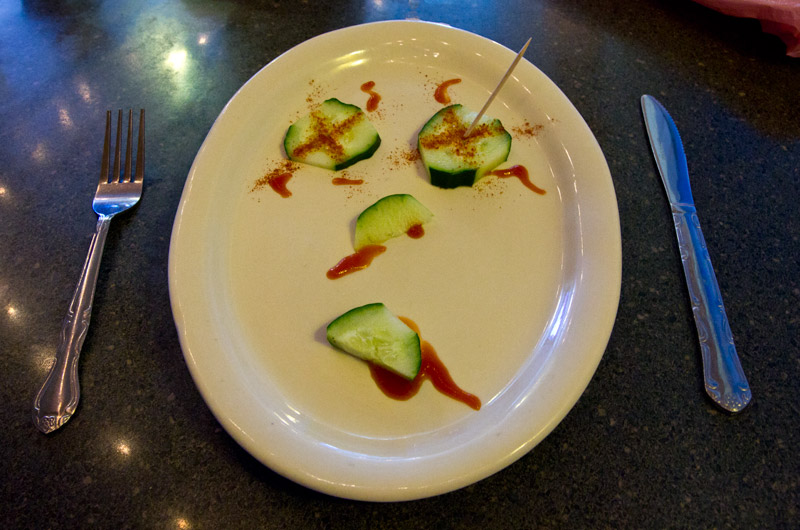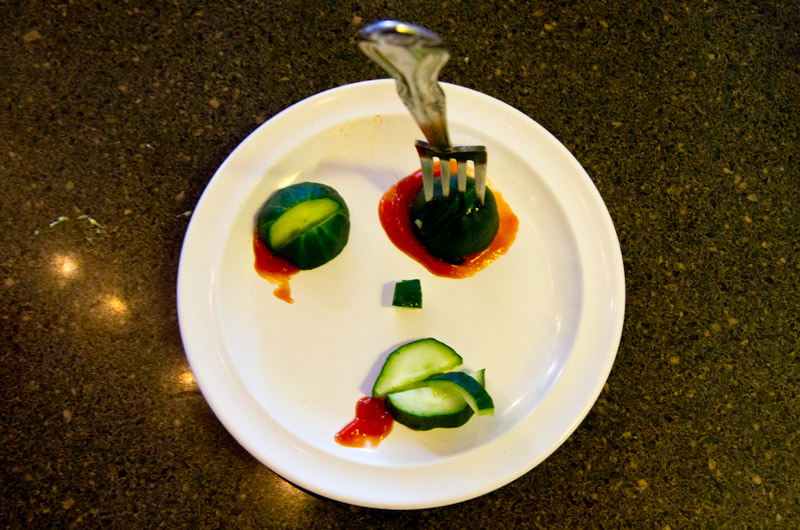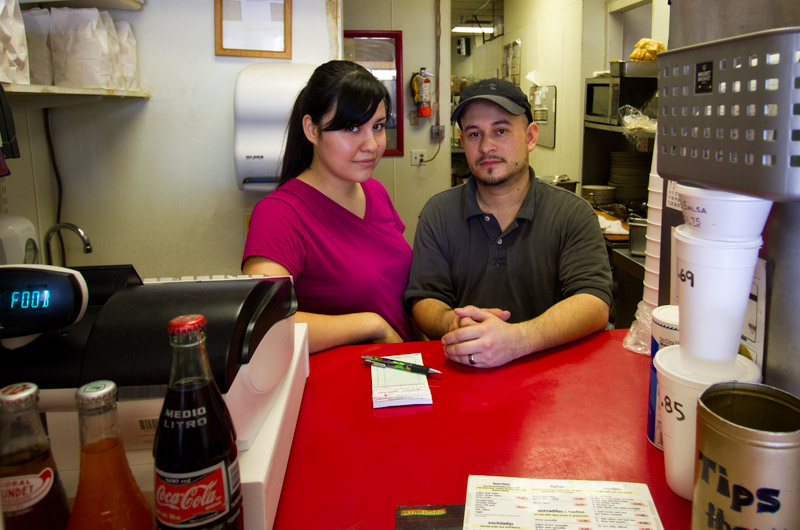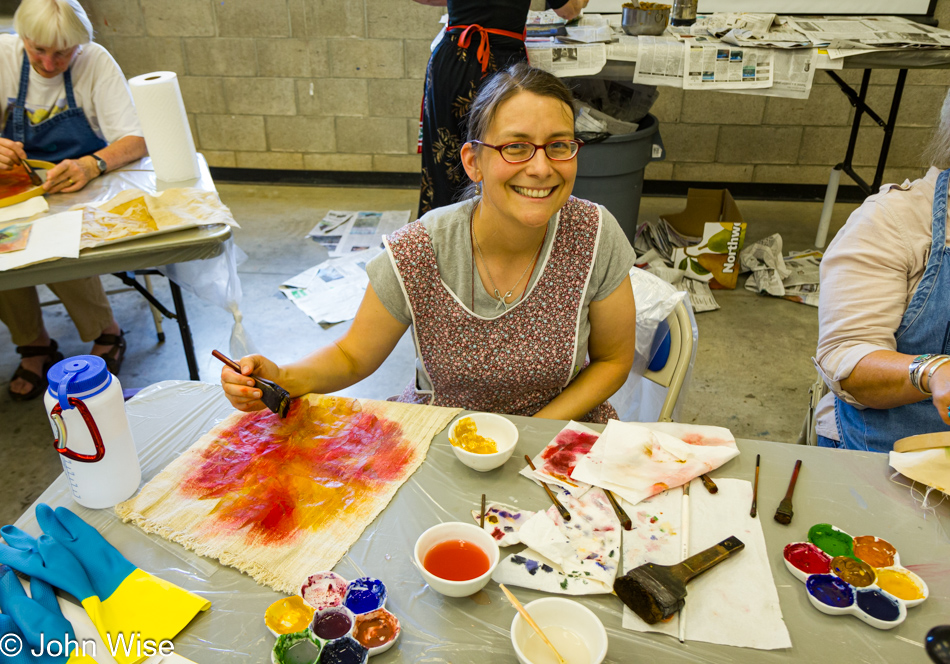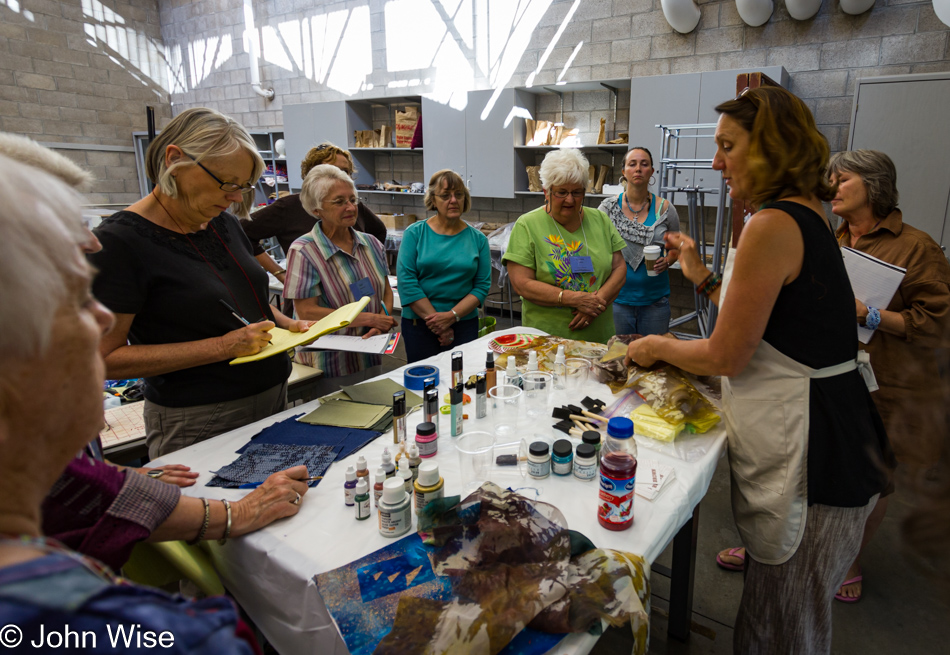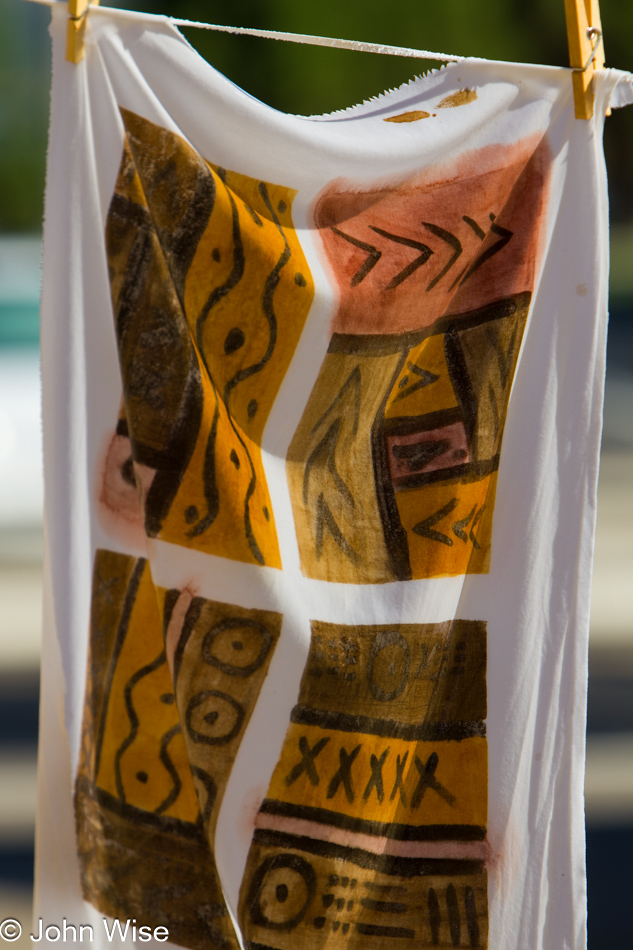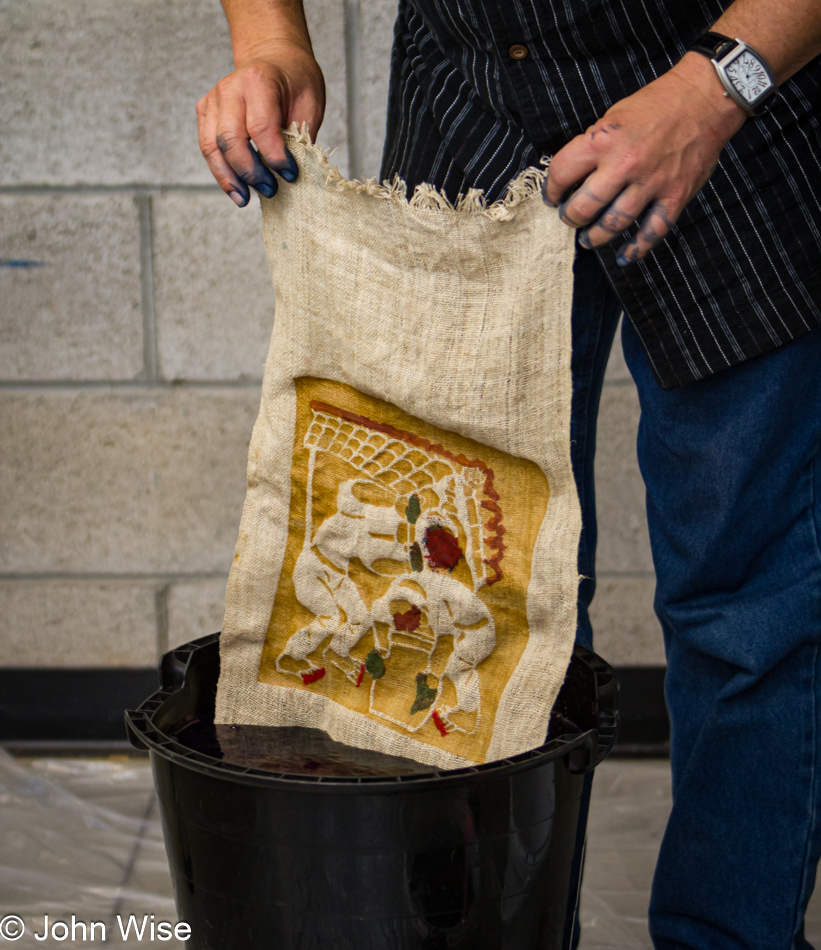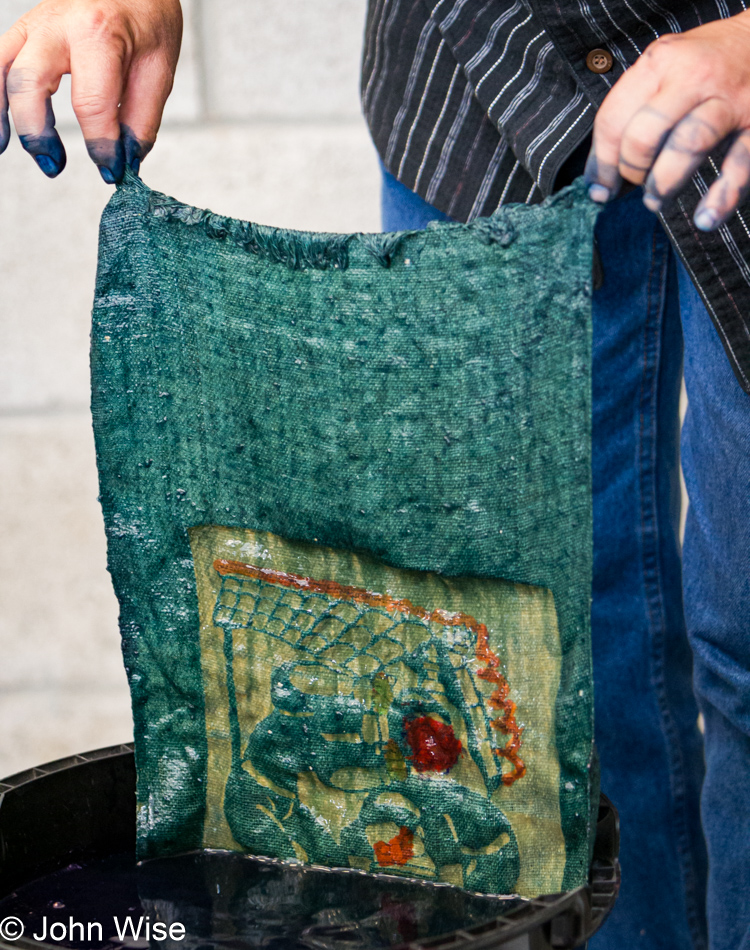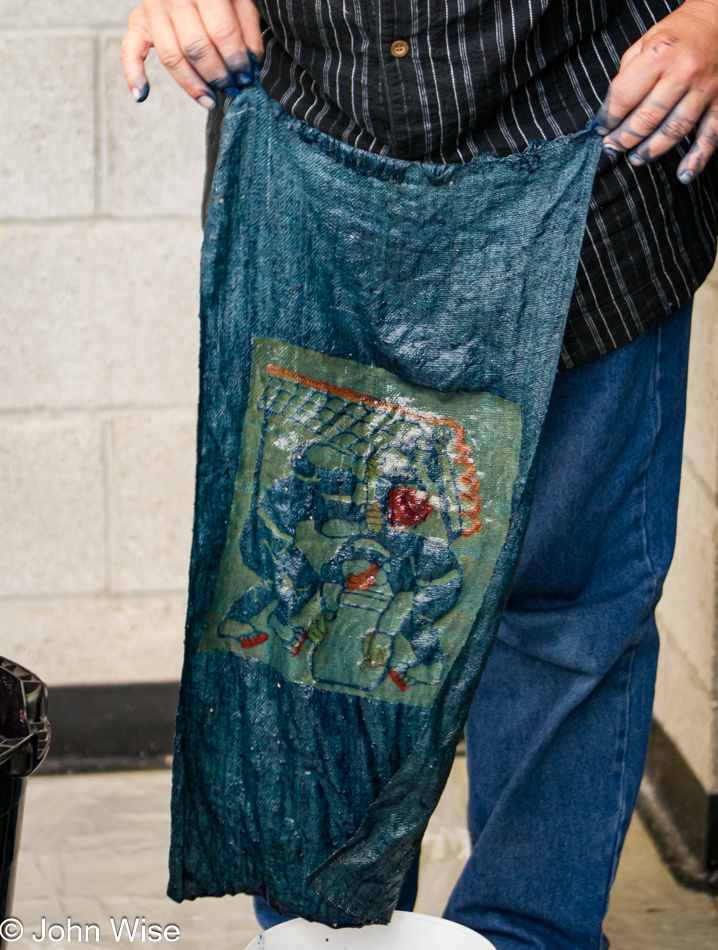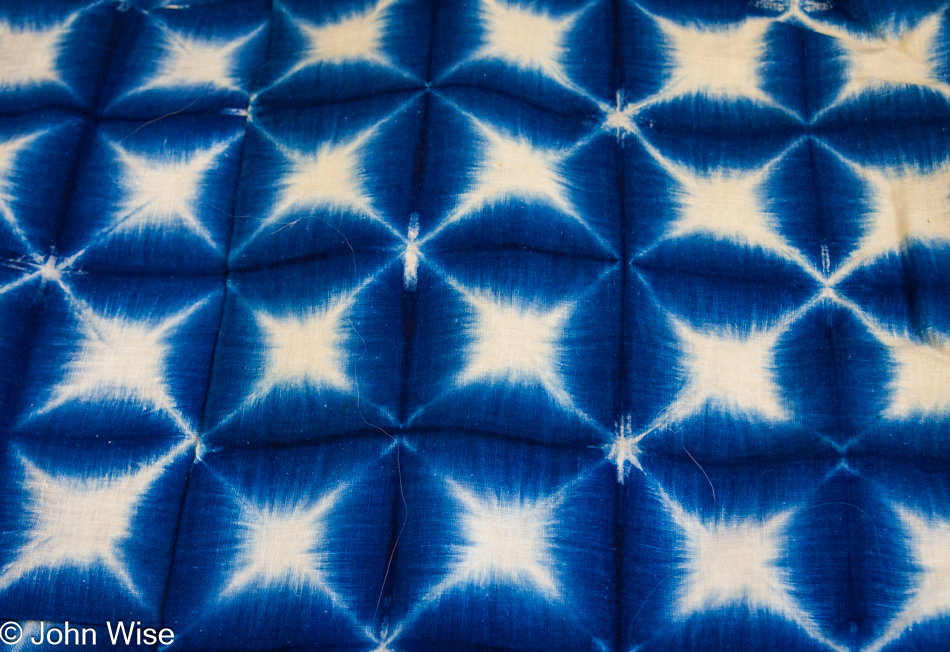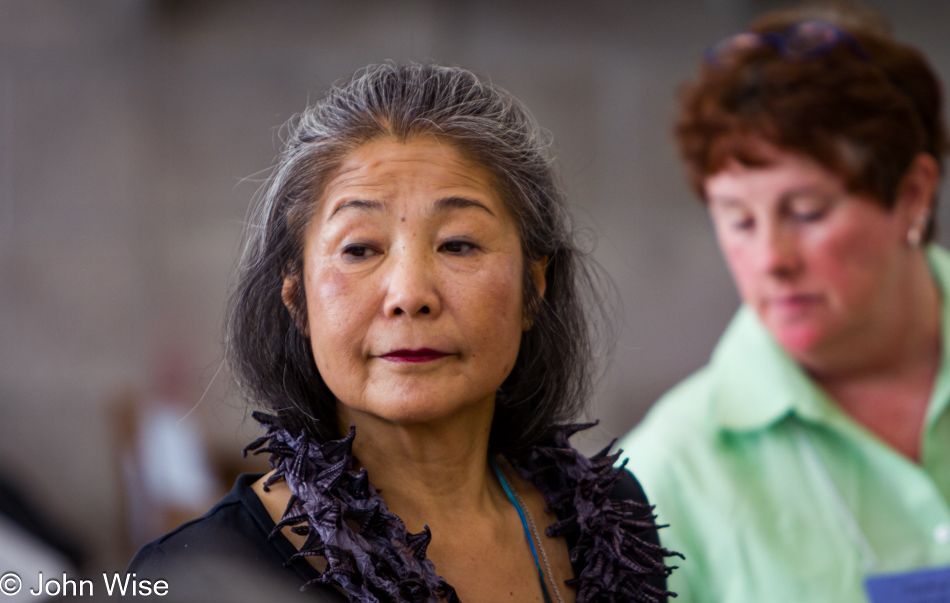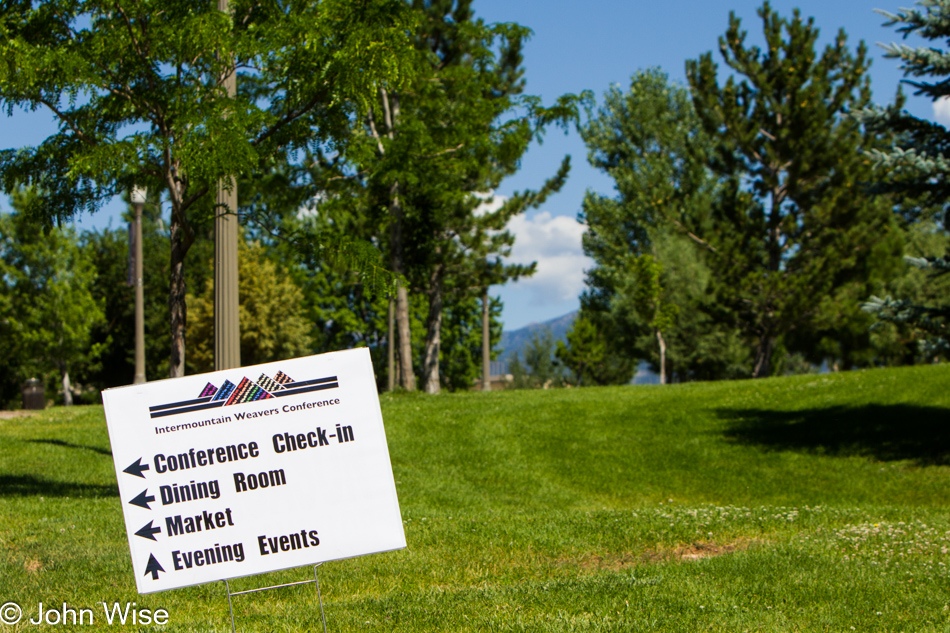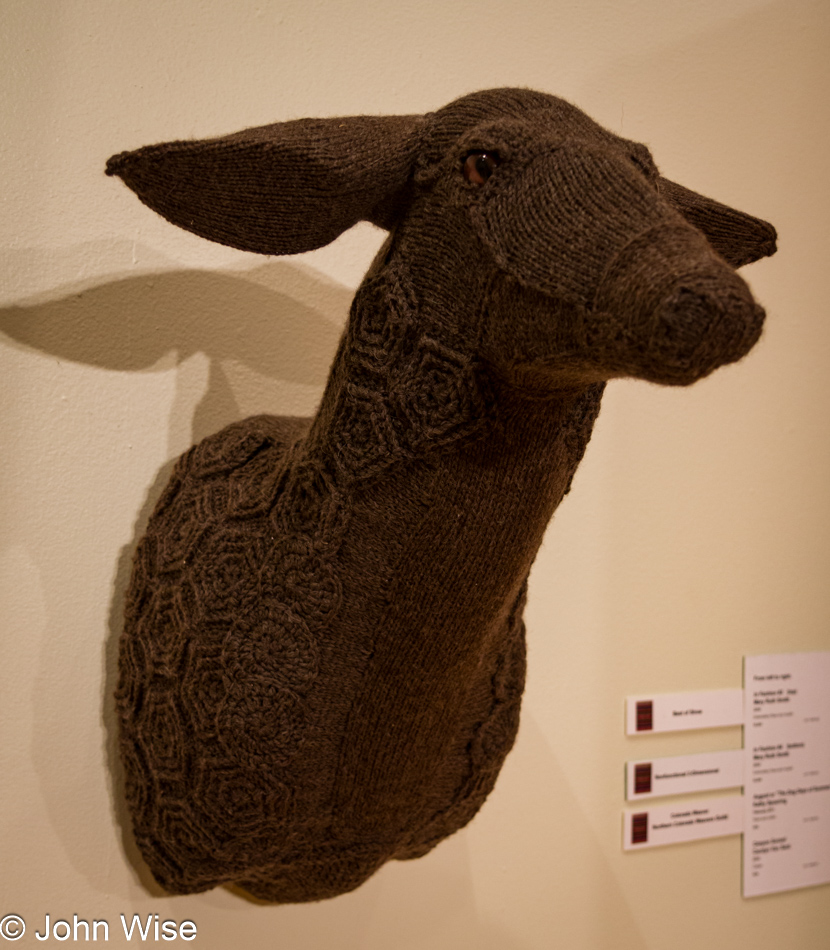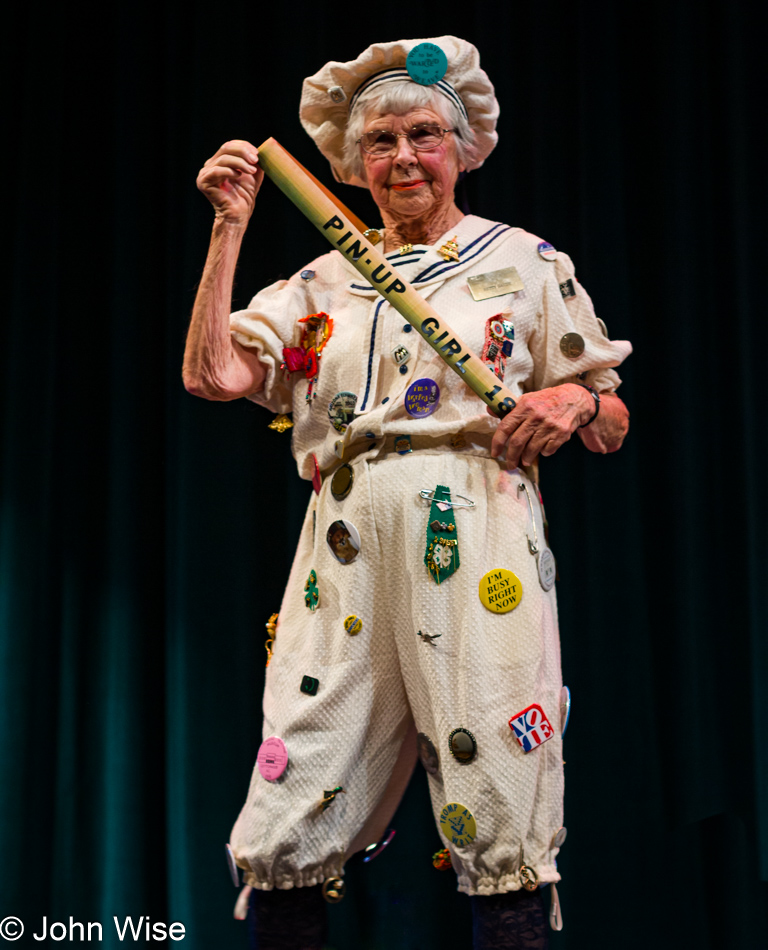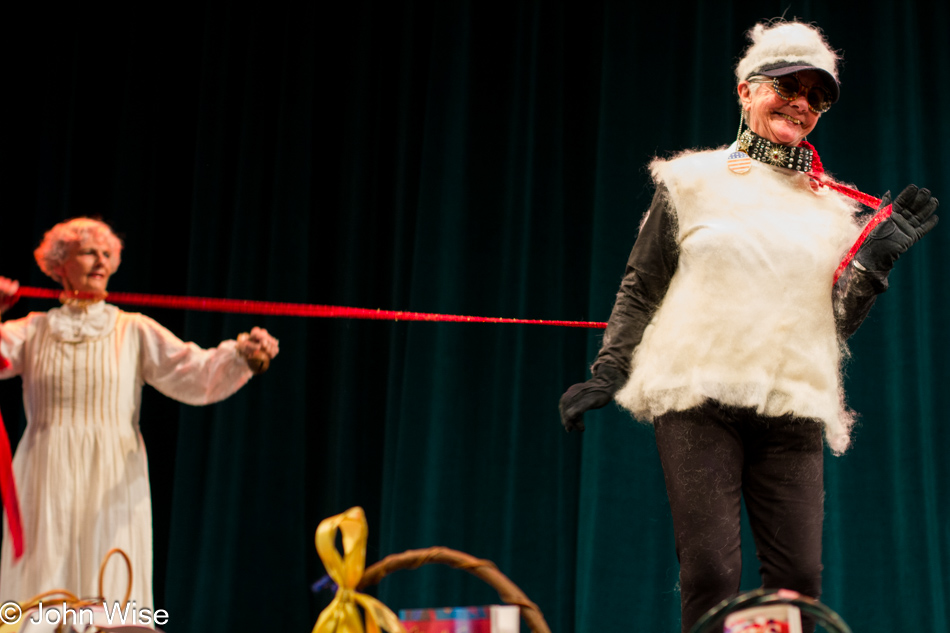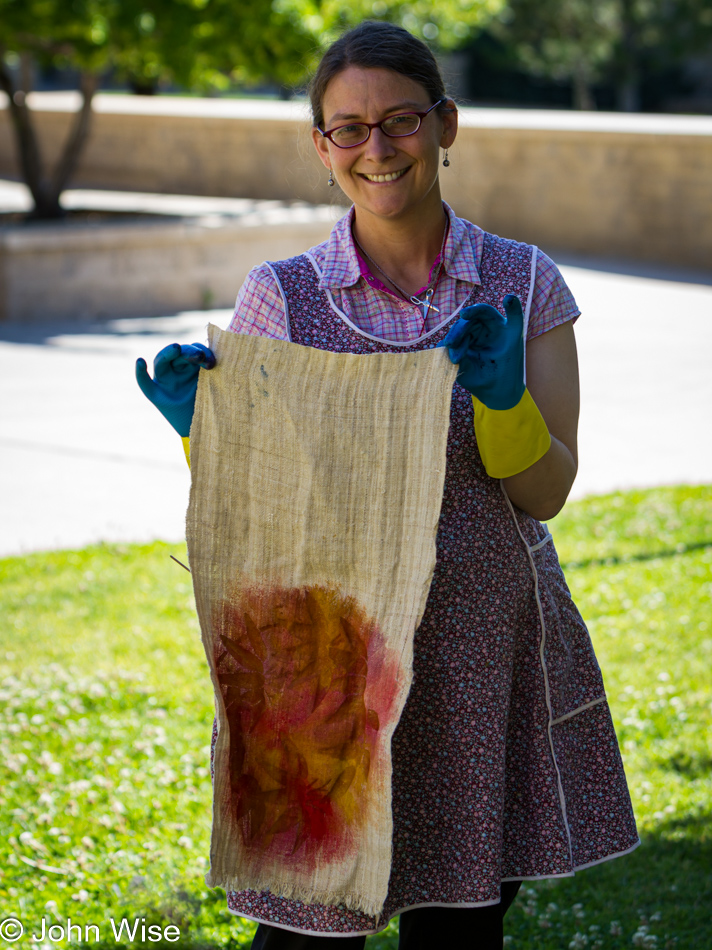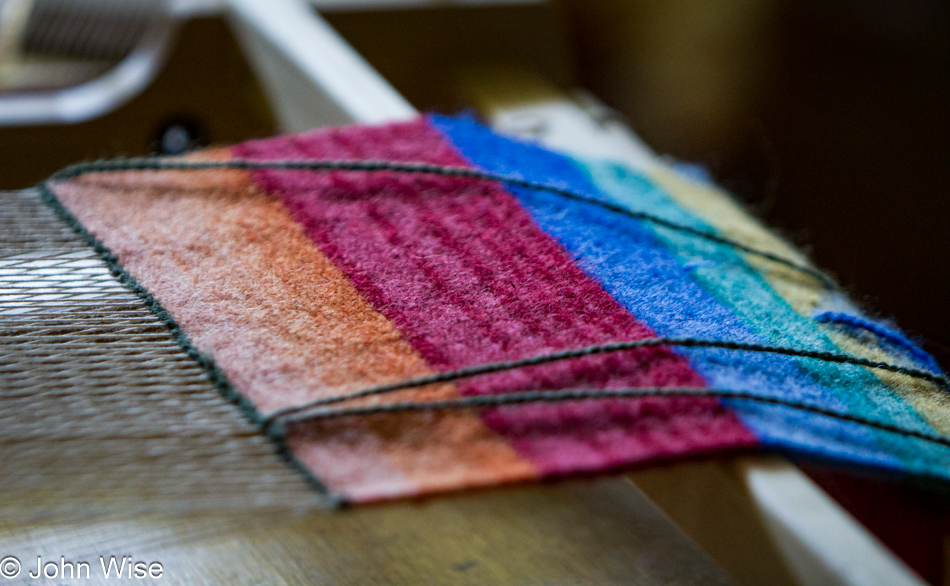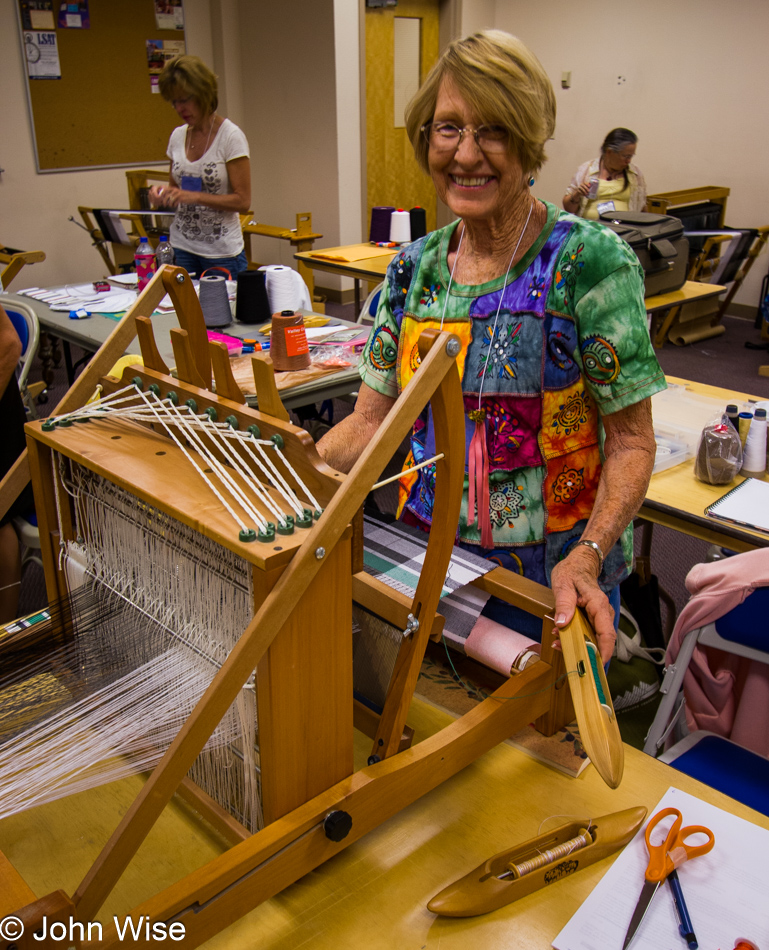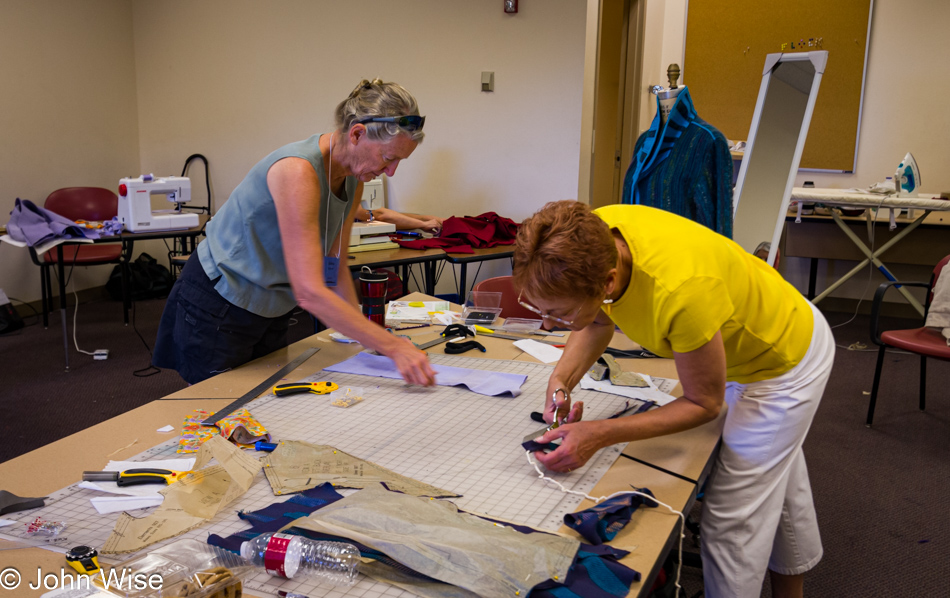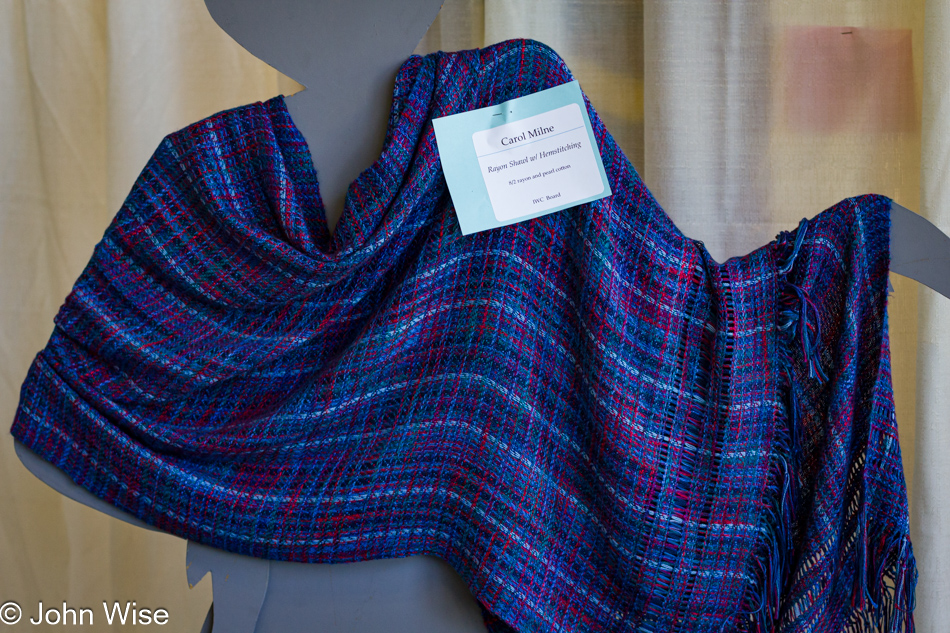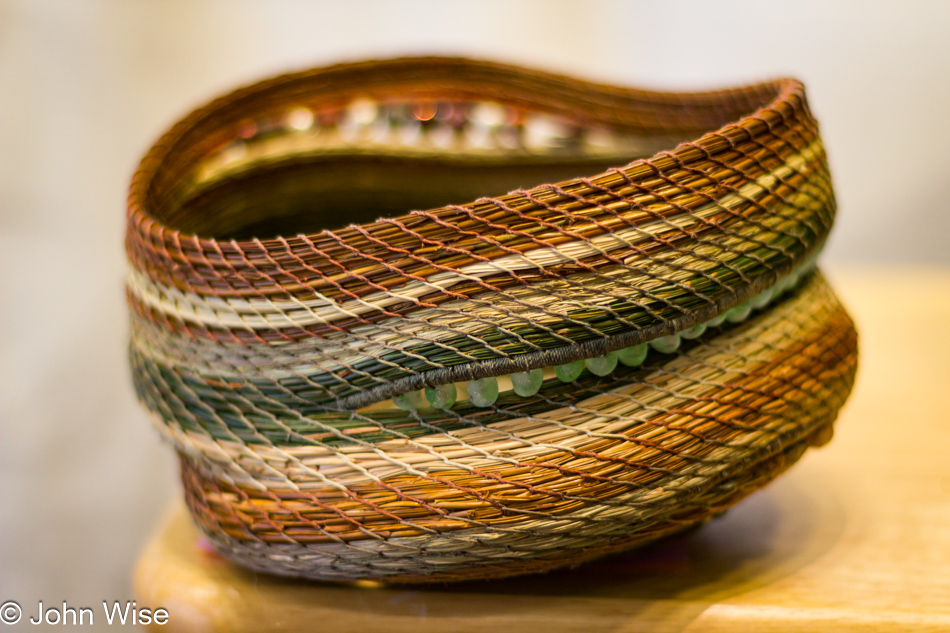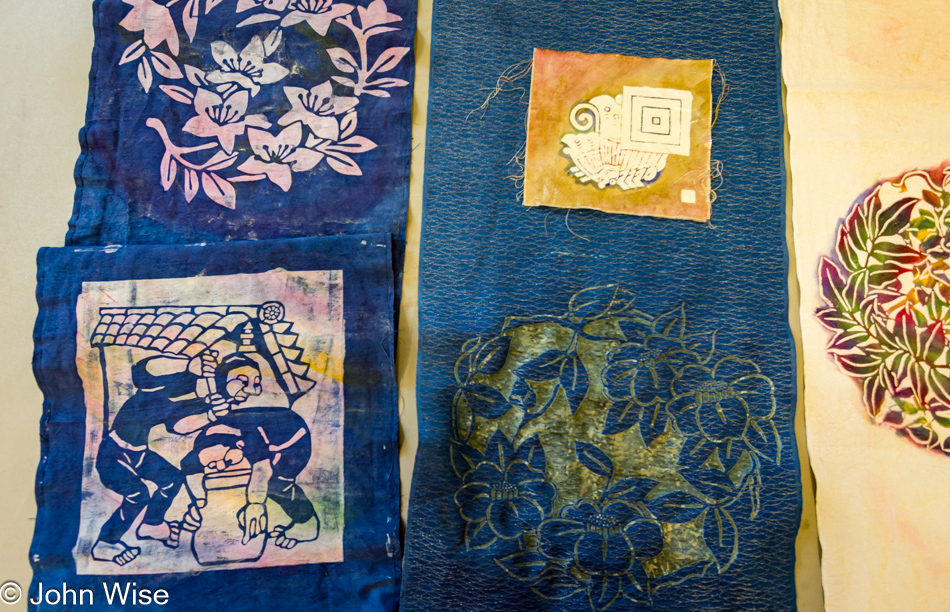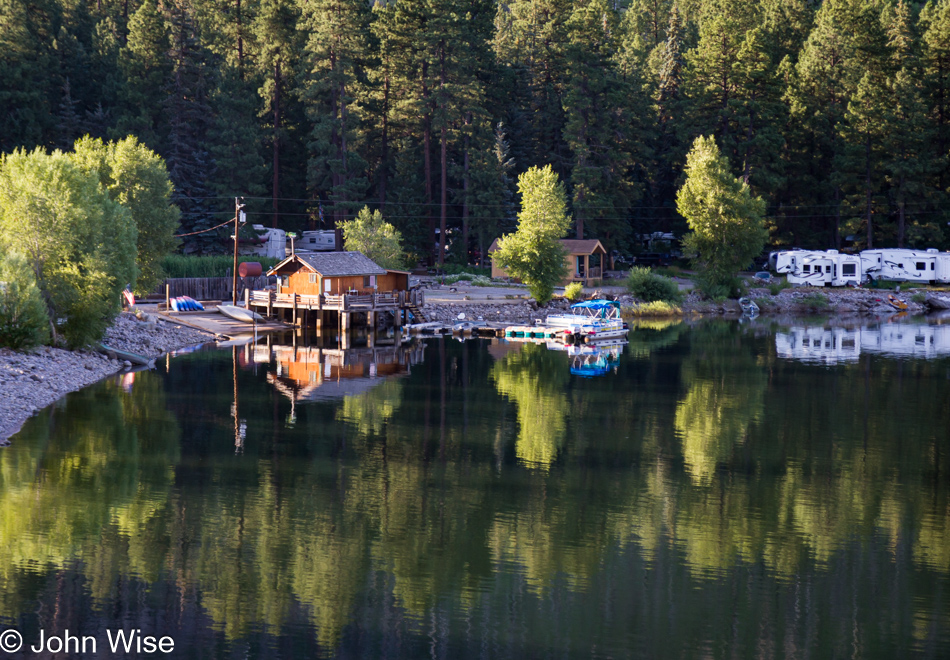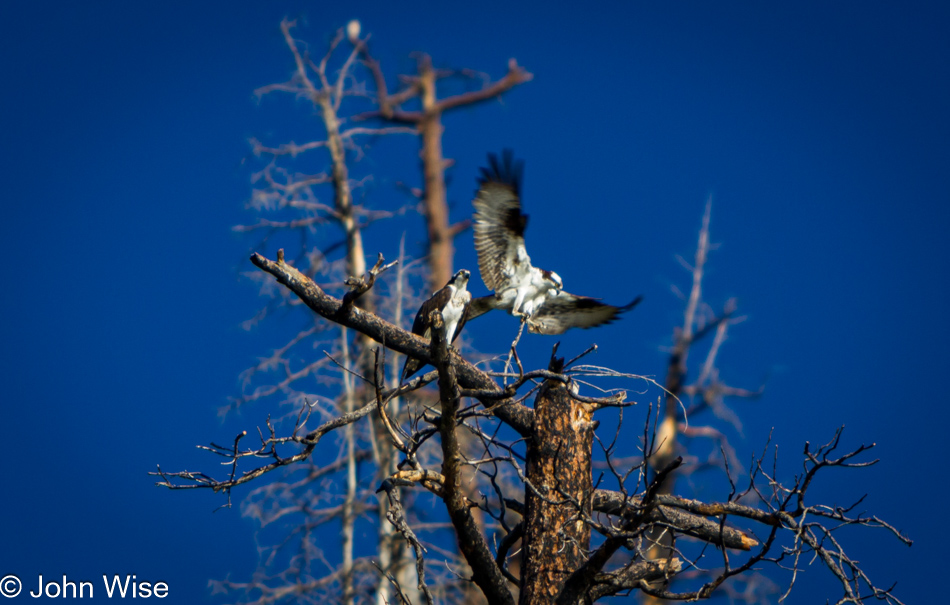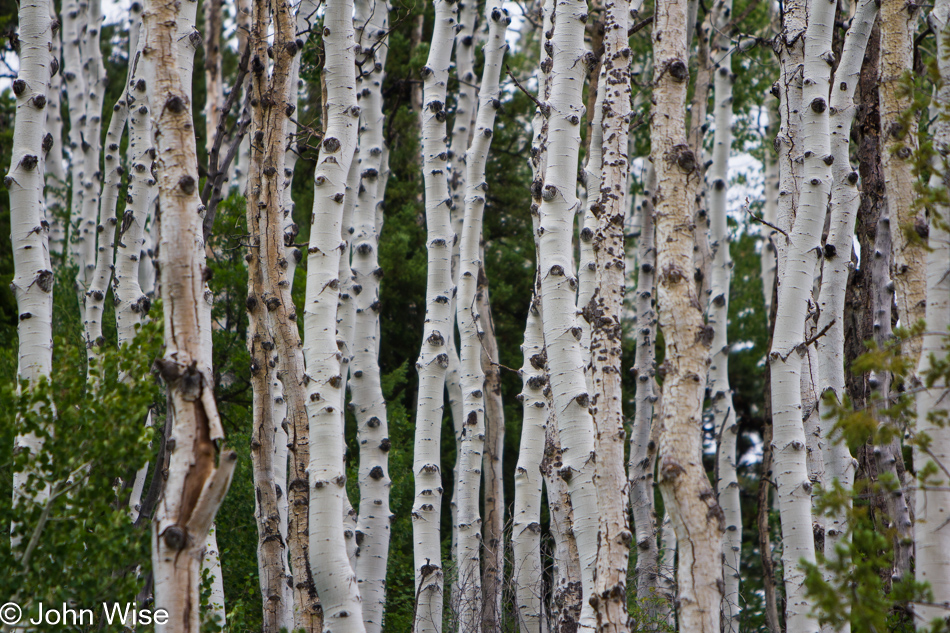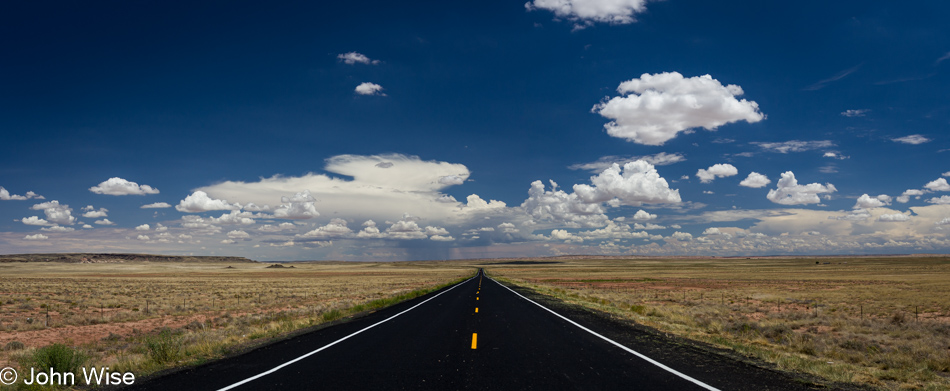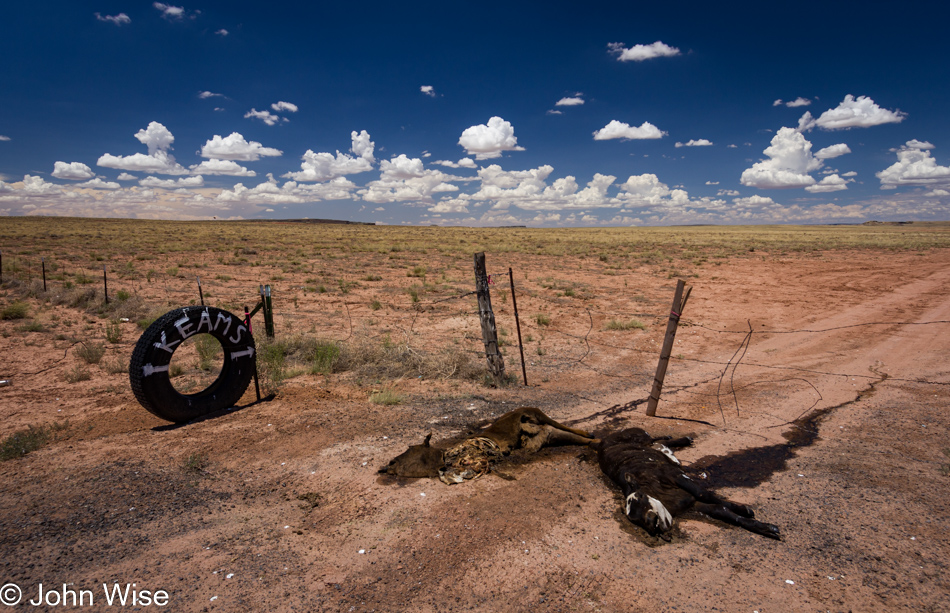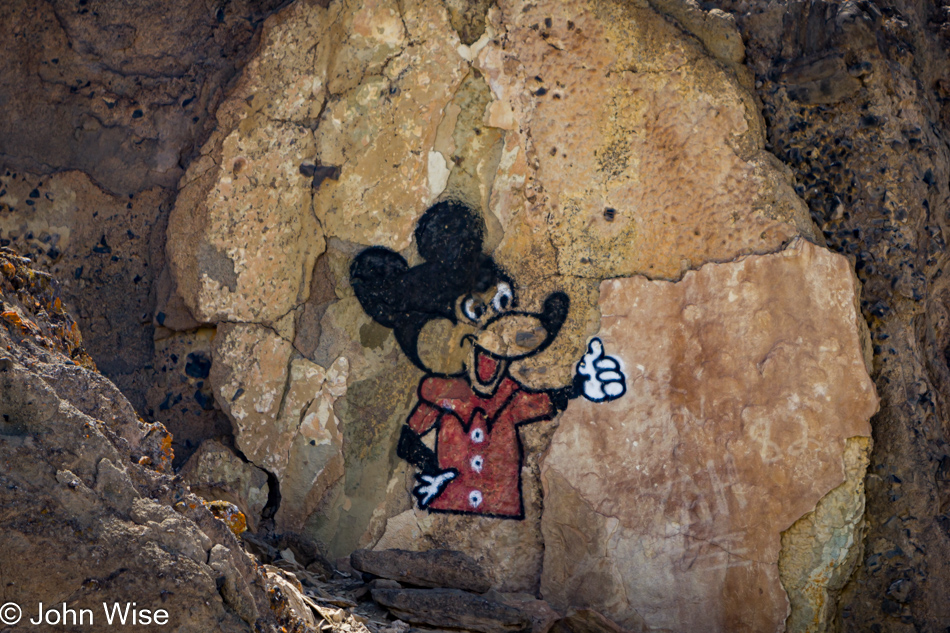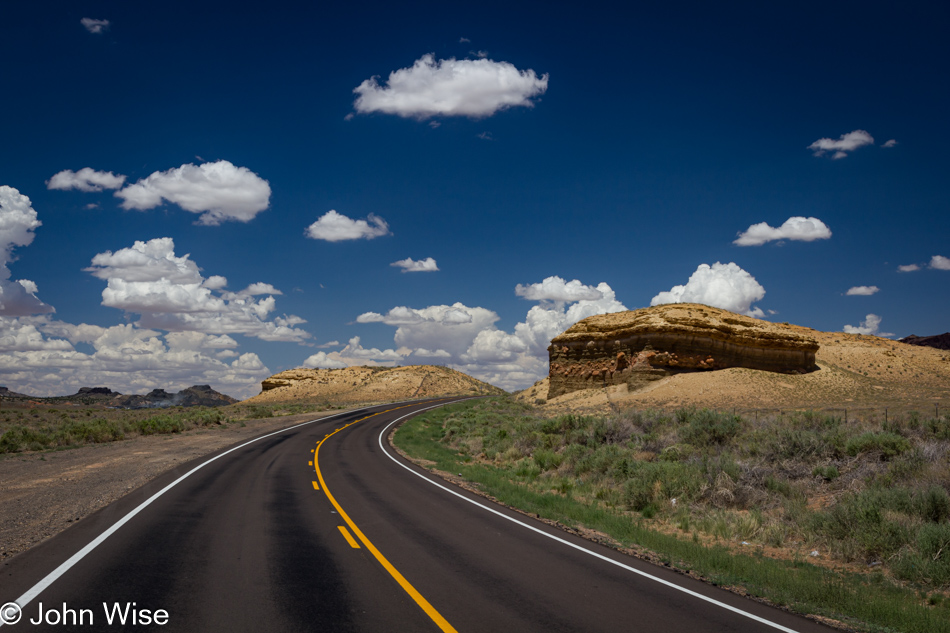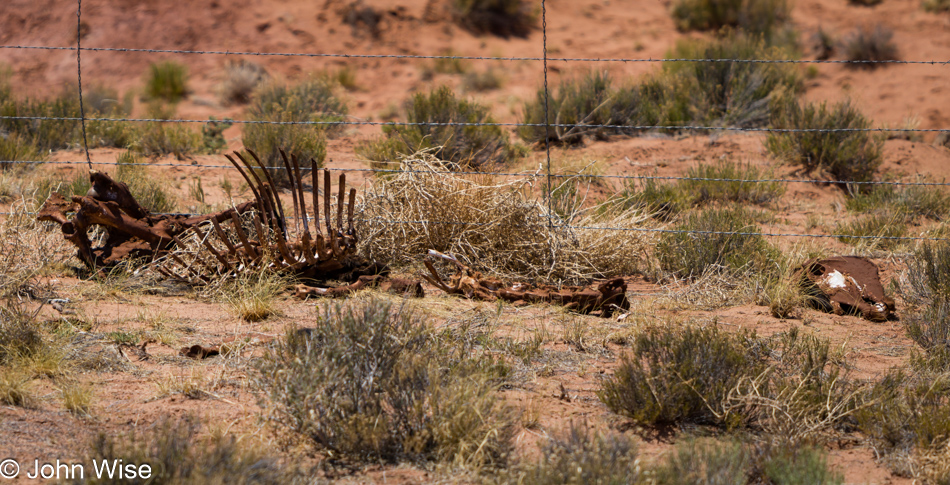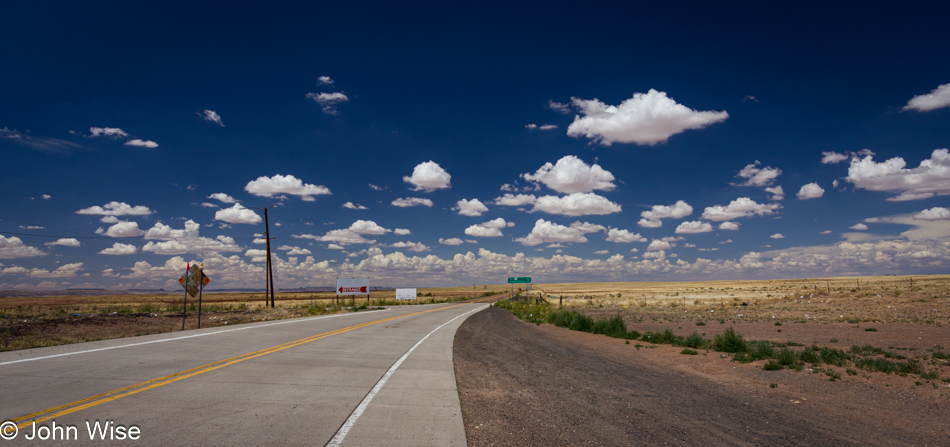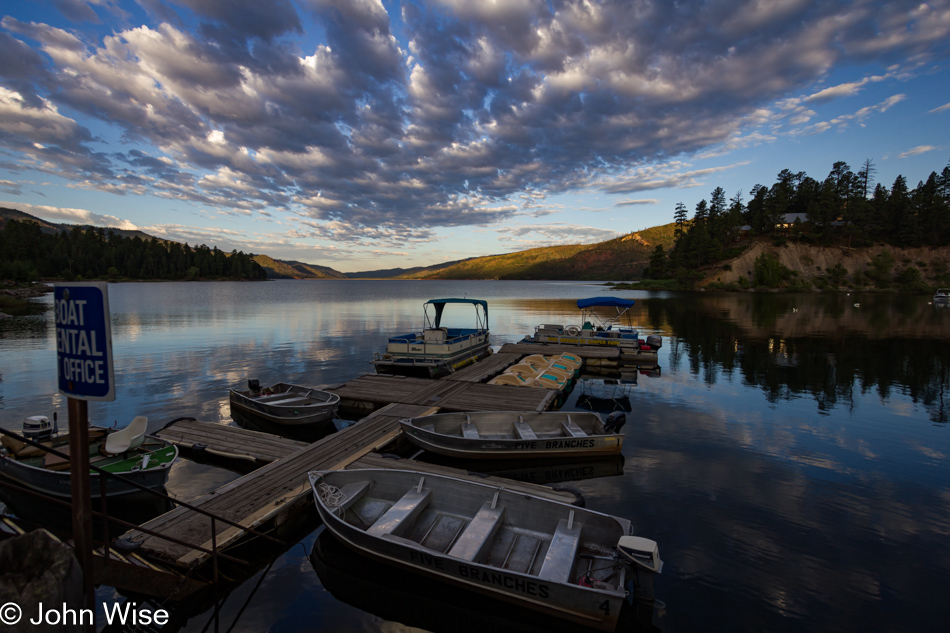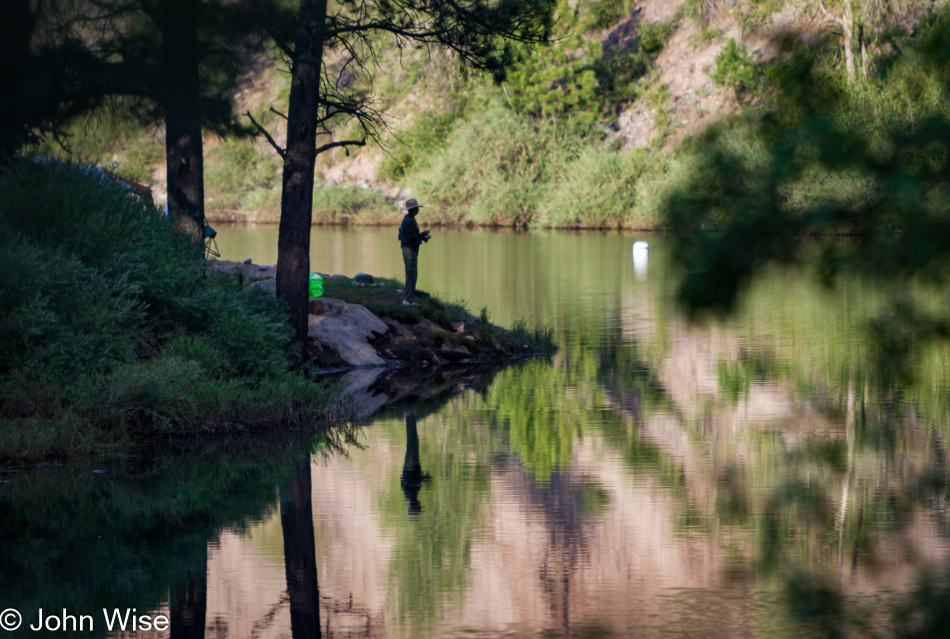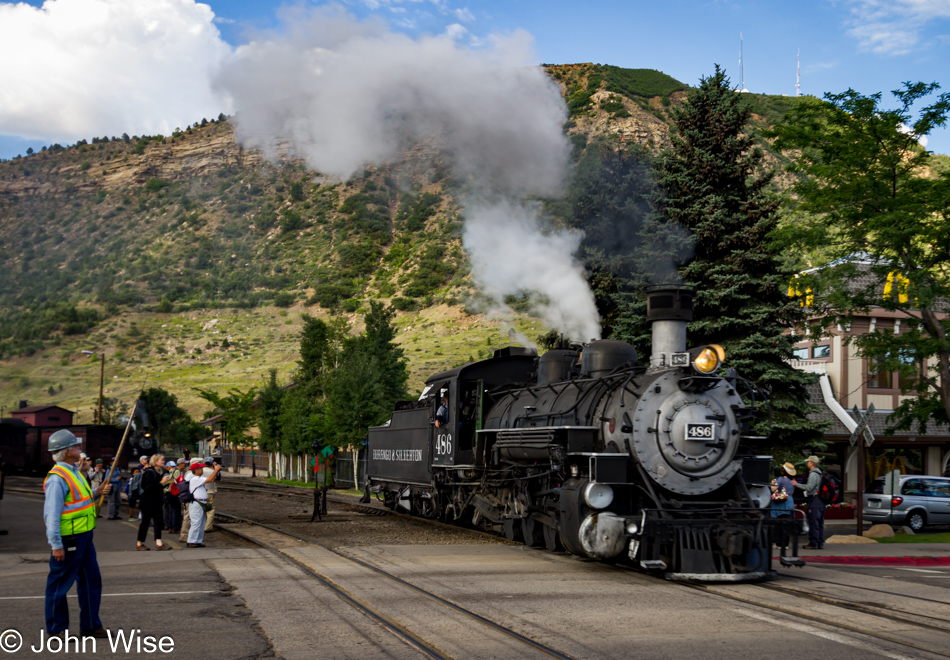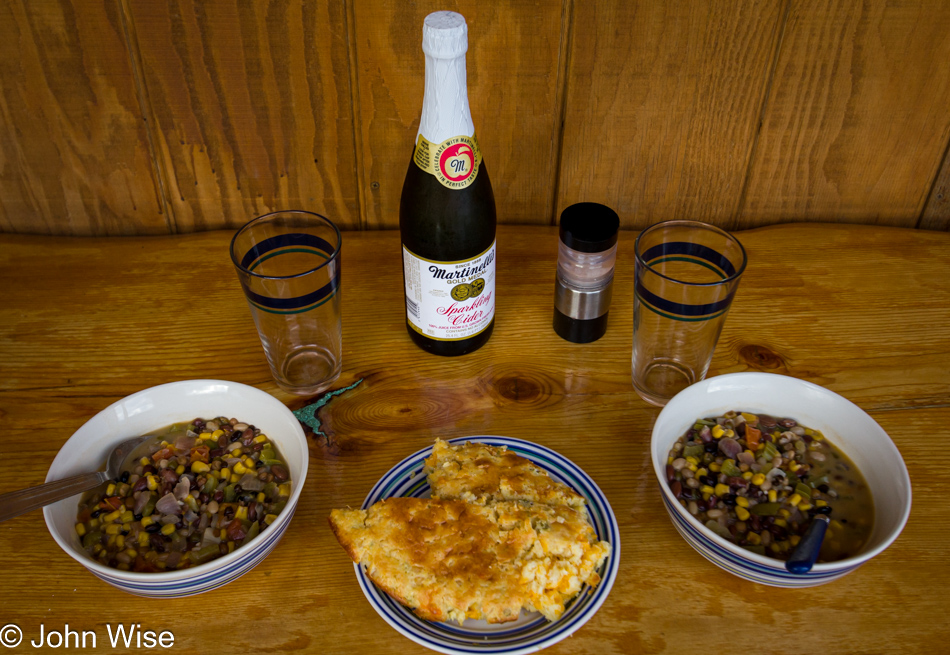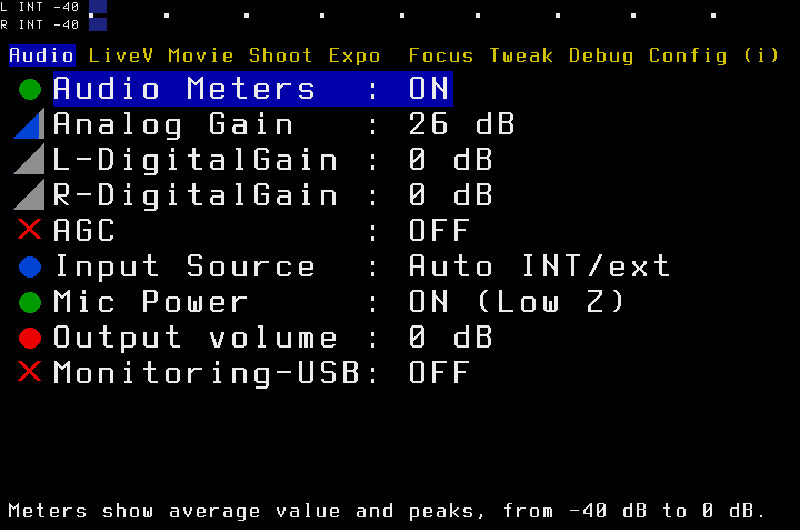
Today’s entry should feature much larger images. While they are as wide as I can fit in the frame, this is one entry in which visitors should click the images to see the larger captures.
The image on display above, one of eight, is the first screen one sees when starting up the menu system of the Magic Lantern software for a number of Canon HDSLR cameras. After the release of the first DSLR that was able to record HD 1080p video, there was a rush to see just what the camera was capable of. Trammell Hudson was the first to throw his programming skills at writing “enhancement” software on top of Canon’s firmware. The capabilities that were uncovered and offered to professionals and amateurs alike, were nothing less than astounding.
Back to the Audio screen above. We are no longer saddled with the limitations of the Canon software regarding audio. There are audio meters for monitoring what is being recorded in the camera. Many people have now started recording a secondary audio on something like the Zoom H1 microphone/recorder or they bypass the internal microphone entirely and instead are using the Rode VideoMic. Should one decide to record an external audio track, there is a piece of software called Plural Eyes that allows the audio to be synced to the internal audio track – great for shooting music videos where lip-syncing is required.
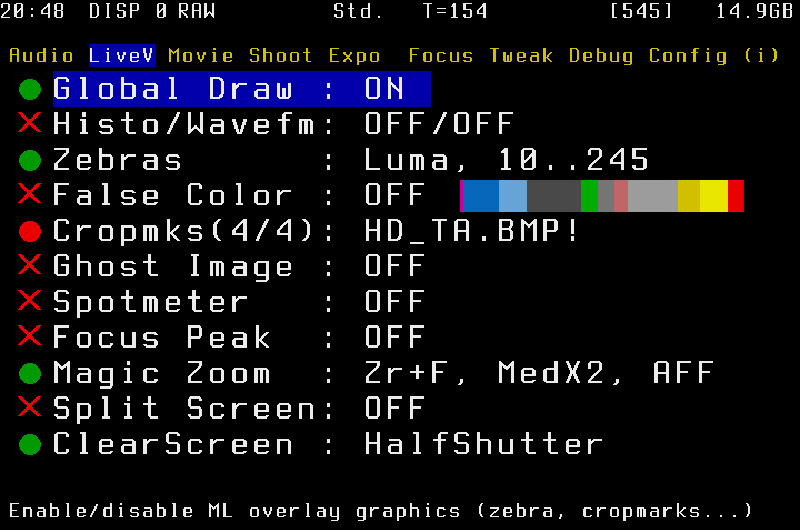
Live View settings are the settings that affect the Live View monitor when a Canon HDSLR is in Movie record mode. Magic Lantern adds a Histogram or Waveform view of the video signal for measuring exposure values. Zebras are also a useful tool for evaluating exposure, and a personal favorite. False Color is one more method for checking exposure.
Cropmarks are another of my favorite additions to my camera. With them, I’m able to have an overlay on my video screen that identifies the title safe frame and the action safe frame. Stay within those boundaries and your video framing should capture all of the details you require. Ghost Image creates a transparent layer of a photo just taken, I believe this aids in creating panoramas but I could see it also being helpful in shooting stop-motion animation.
Magic Zoom is another tool I love from ML (Magic Lantern). Using the Magic Zoom when you are in manual zoom, preferred when shooting video, a center pop-up image is displayed on your Live View screen that magnifies an area of the video. This area can be moved to focus on a particular item, say a face that you are recording, using the arrow keys. Split Screen and Focus Peak are tools that aid in focusing.
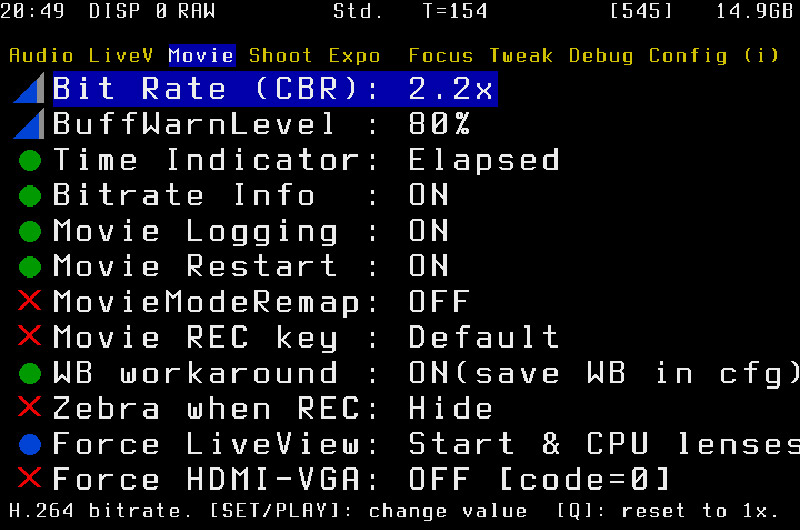
The Movie preferences screen. The most amazing part of the capability represented here is the Bit Rate selection. Users are able to select a higher bit rate for recording video. The standard bit rate from Canon is about 45mbit per second. Setting the Constant Bit Rate to a factor as high as 2.0x (recently limited to this speed as it has proven the safest in pushing the bandwidth higher) and disabling audio while using a fast memory card, I have read of some users achieving an almost 50% improvement with recording bandwidth. This increase in bit rate affects the spatial quality of the image you are recording which, if the shot is a green screen clip destined for compositing in post-production, can give the filmmaker much greater quality in his or her workflow.
The only other function I utilize under this menu is the Movie REC Key. There is an option to use the shutter as the record trigger with a half-press. This is great if you have mounted your camera on a shoulder rig and your hand is holding the grip of the rig. Simply plug in Canon’s cheap wired remote, attach it within easy reach, give the shutter button a half-press and you are recording.
One other thing, if you are using Zebras to verify exposure, it is nice to “Hide” the Zebras when recording so they don’t disturb your view while following the action.
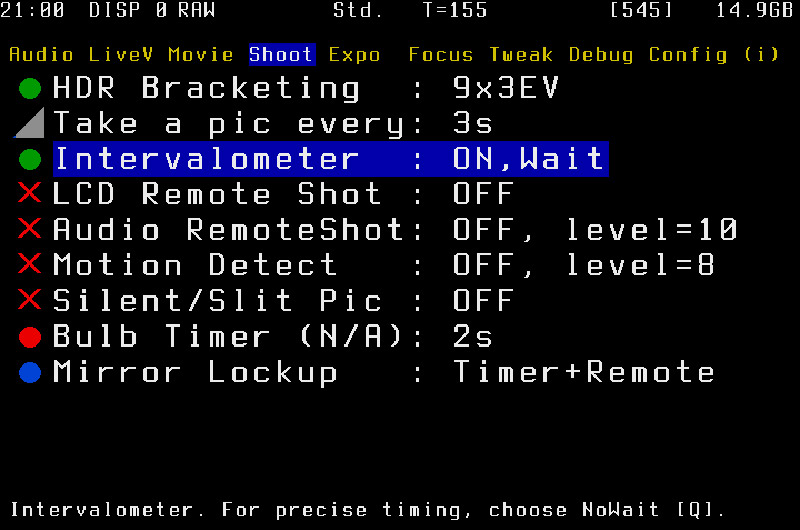
If you are serious about photography, there are a few things on the Shoot menu that are of super value. The first is HDR Bracketing. The photographer is now able to choose to shoot between 2 and 9 shots using between 0.5 and 5 exposure values (EV).
Built-in Intervalometer, yeah, we can shoot timelapse. LCD Remote shot allows the camera to be set up and with a wave of the hand near the back of the camera, we can trigger the shutter. Audio RemoteShot allows for the triggering of the shutter using a loud sound, say a hand clap. Motion Detect, try using this on a stormy night while trying to shoot lightning! Bulb Timer is what every night sky star photographer needs.
* Added August 24: There has been a recent update that allows timelapse photographers to shoot from day into night, with ML software calculating the change in light to adjust shutter speed and aperture – for those of you who understand this, it is AMAZING!
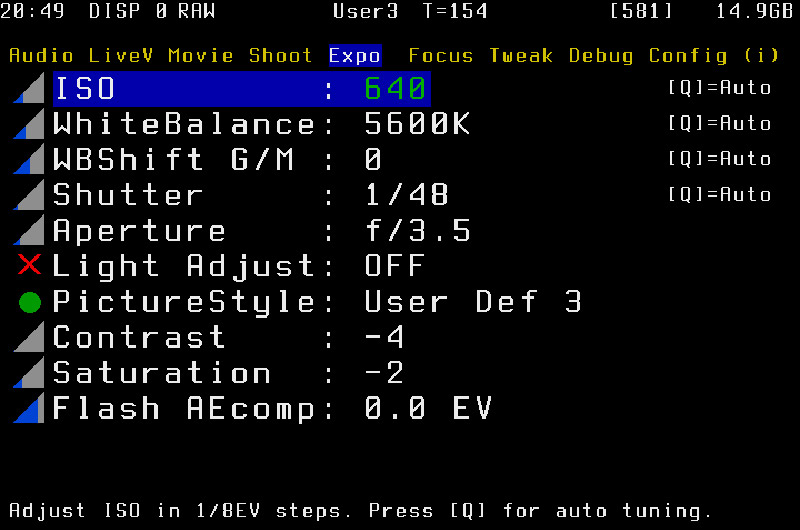
Greater control of ISO settings, especially important with video where it has been shown that multiples of 160 ISO are the sweet spots for capturing video with fewer noise artifacts. Being able to use a shutter speed of 1/48 is also one of the techniques that give videos, that filmy look we people enjoy when watching movies. Recently Alex, one of the Magic Lantern programmers, added the ability to press the “Flash” button on the front of the camera while in Movie mode, which brings up an overlay on the Live View screen allowing for the easy changing of ISO and White Balance. It is a wow feature for convenience.
The Picture Style selection is not unique to ML, but it is still very important. My User Defined style is the Technicolor flat profile. This profile removes much contrast and deeply saturated colors, for the average consumer, this ability might only be frustrating. But for the aspiring filmmaker, this allows for the recording of details that are lost in consumer color profiles. This also requires that the artist understand that they will have to learn a little something about color correction in their editing software or in their workflow while working in Adobe After Effects.
* Added August 24: Another fantastic update, there is a new menu item that has been added to the above screen. This new function allows you to shoot in one picture style, but while setting up your shot you can preview using a different style so you can best judge what final colors you will be color correcting to should you be shooting in a flat style, such as the Technicolor picture style.
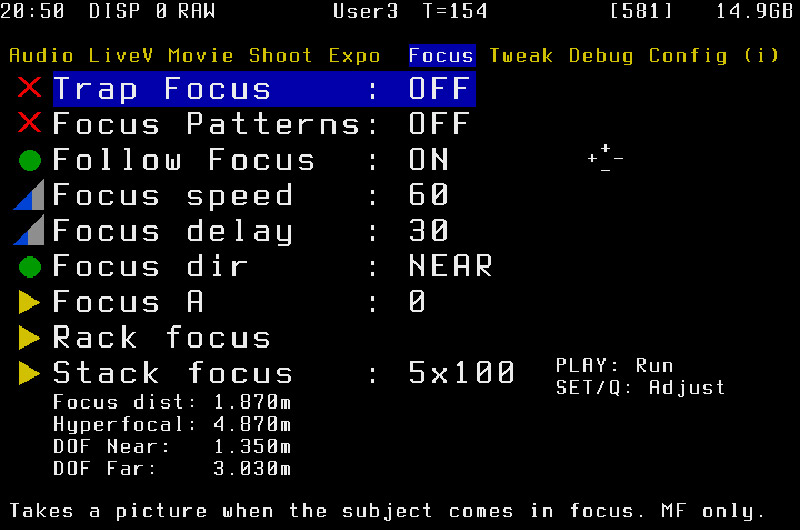
Much attention is paid to focus. How can one make a good movie if the shots are out of focus? With the HDSLR filmmaking environment taking off, there are accessories helping with focus such as attachable viewfinders that magnify your LCD and shade it for easier viewing. There are those who opt for external HDMI-enabled monitors that are two or three times larger than the screen on the back of our cameras. But these are not necessary to get right to work. Using the magnification tools already on the camera and the assistance of ML enhancements, I am able to find perfect focus using the screen just as it is.
Trap Focus will snap a photo when an object in a scene comes into focus, say a tiger in the wild passing your camera while you have Motion Detect enabled!
Follow Focus uses the arrow keys to move the lens in and out of focus.
The big but still under development feature here is Rack Focus. Using a combination of selections including Follow Focus, Focus Speed, Focus Delay, Focus Direction, and Focus A Point, the filmmaker is able to shoot a scene with two objects or people, starting with a focus on the person in the foreground and then bring the focus on to the other person who is in the background, or the other way around. Rack Focus allows you to set the focal points and with the push of a button, the focus moves between the two points. Press it again, and you return to the starting focus point.
Hey you macro photographers, need to take a bunch of photos of an object but want a long depth of field with everything in focus? Try using Stack Focus. A series of photographs will be taken that you can stack into a single photograph – with everything in focus.
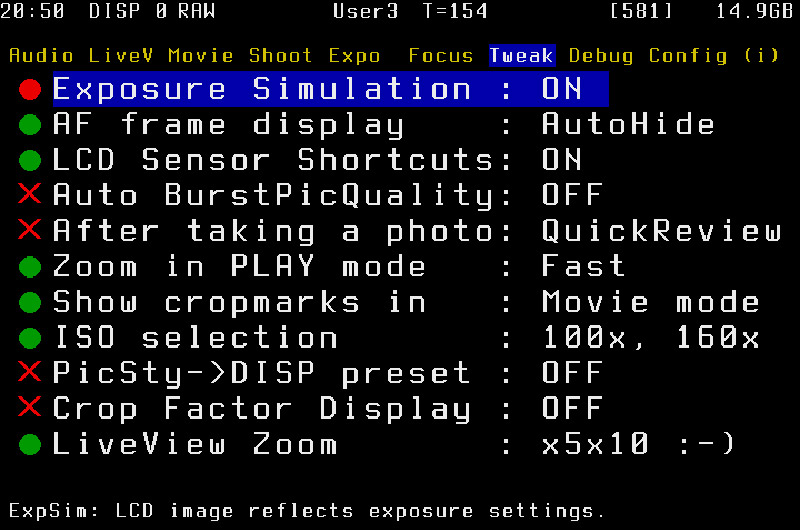
The Tweak menu. Not much to change here, it has been set up by the programmers to be the most functional right after install. Good idea to read the User Guide and learn about this stuff, especially before asking busy programmers who are donating their time for this project, about things probably answered in the User Guide.
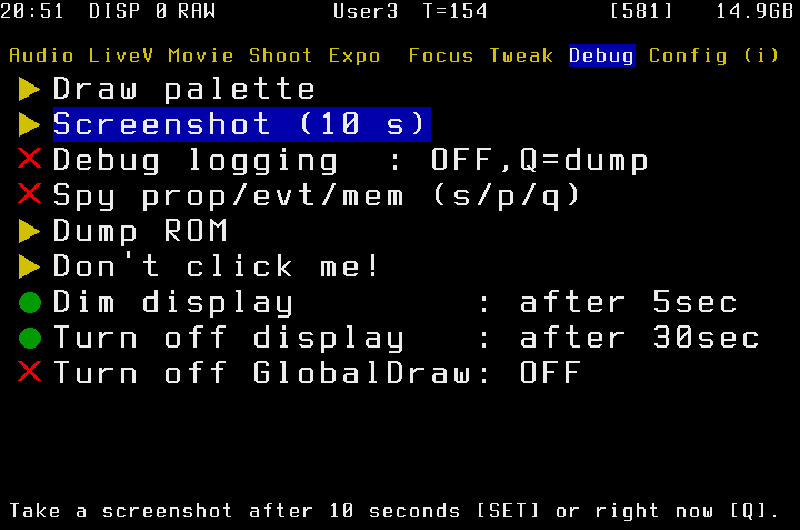
Not a lot here in the Debug menu for the casual user, but there are two new functions that are very helpful. The first is the Dim Display item. If it is not important for you to monitor what you are recording on the LCD monitor of your camera, this will allow the display to dim and thus saves your battery. You can also decide to turn the display clean off using the Turn Off Display function – selectable with times of 5 seconds to 15 minutes before the display turns off.
The second to last screen is the Config screen, which I’m obviously not including. With that minor screen with but a few selections, one controls the config files. We are offered up to four different configurations. You may decide to have a configuration with menu items that only pertain to filming using tools that help you when shooting on a tripod or dolly, while another config file is best suited to handheld shots. A third config can be created for night shots and a fourth for regular photography.
The final screen is the Information menu. Here you will find helpful hints, an FAQ, and other stuff. Another very useful recent addition to ML was the inclusion of onboard help files. When in the ML menus, if you press DISP while hovering over a function item, a help file will be displayed for those times you forgot how something works.
There is much more to this software than I have written about. I cannot truly convey the convenience and opportunity offered to an aspiring or even professional filmmaker that ML is giving us. When you consider that 1920×1080 HD video is effectively 2k video that can easily be scaled for broadcast in a movie theater, you start to realize that amazing things are happening in the film and storytelling industries.
Why use an HDSLR and Magic Lantern? Because a Canon T2i, also known as the 550d only costs about $700 without a lens. Combine this with the great depth-of-field that can be had with SLR lenses and you have a powerful tool that in many instances can compete with cameras costing more than $10,000.
If you find yourself intrigued and own a Canon T1i, T2i, T3i, 50D, 60D, 7D, or 5D, there is a good chance you will fall in love with the capability given to you for free to explore more of the art you are learning and practicing.
If you own a 5D, check this LINK to find Magic Lantern for your camera. If you own one of the other cameras, check out this LINK to find a new Unified Branch of the Magic Lantern.
